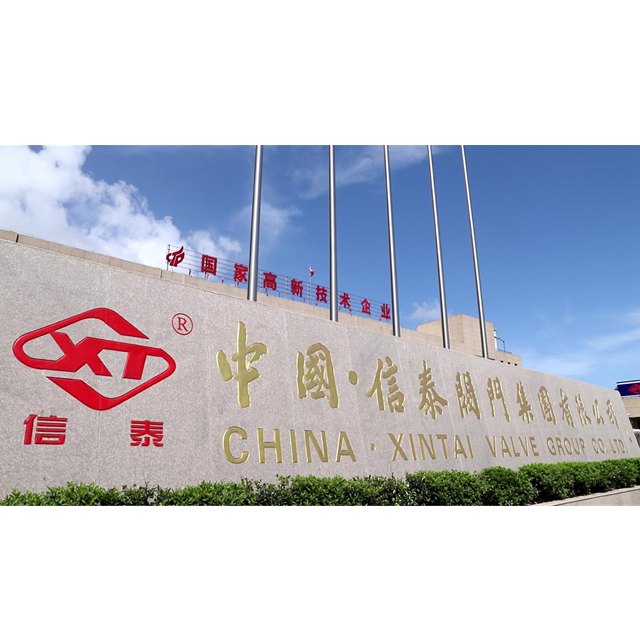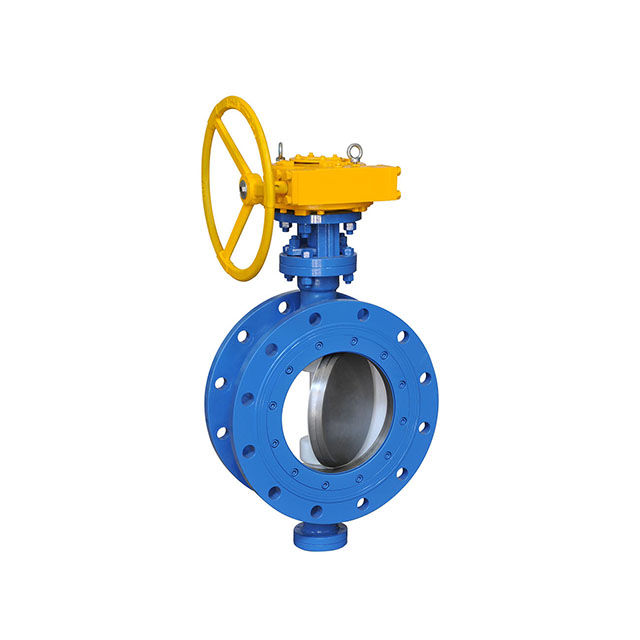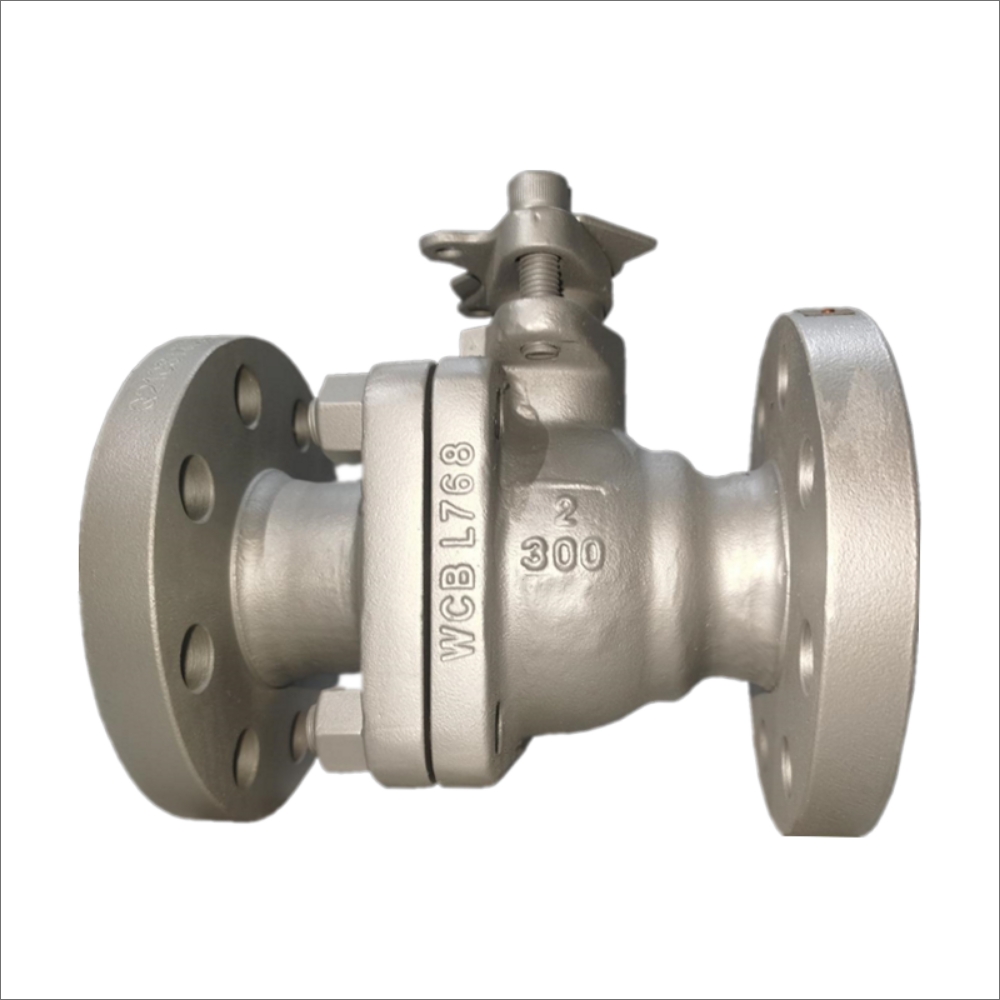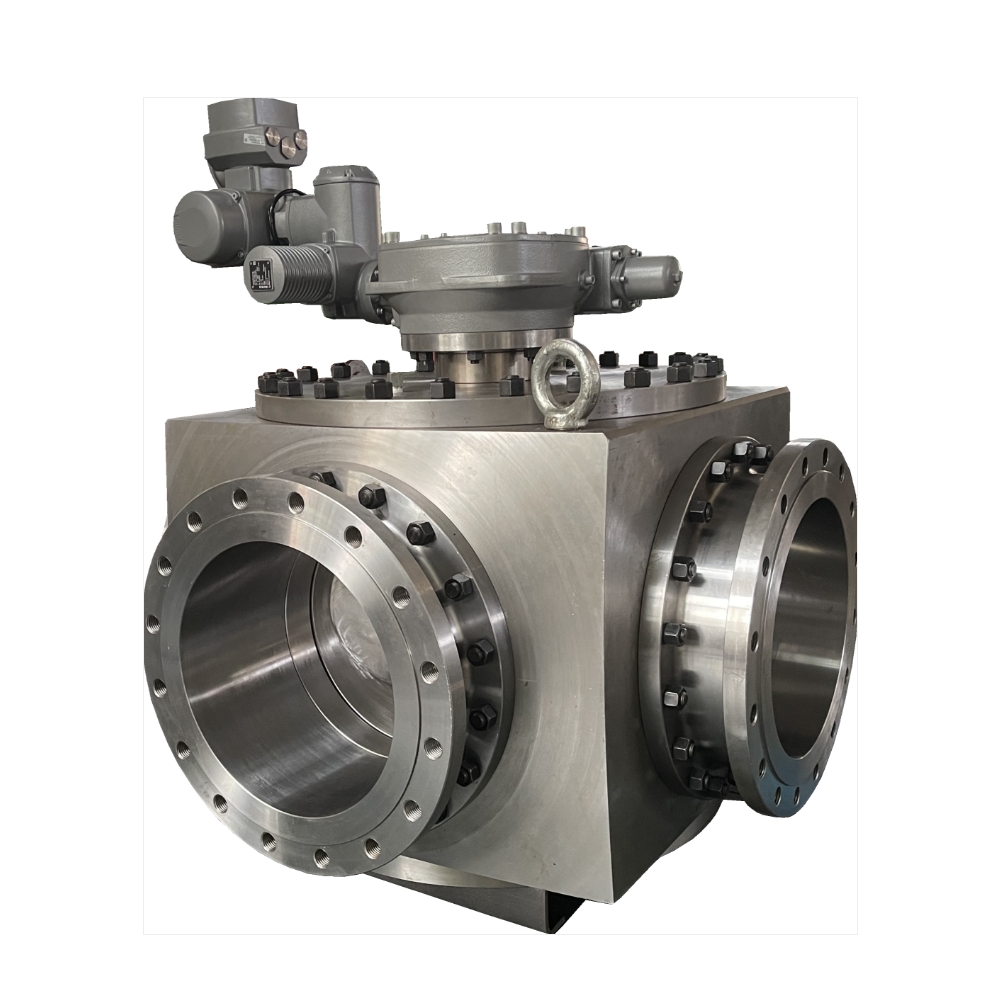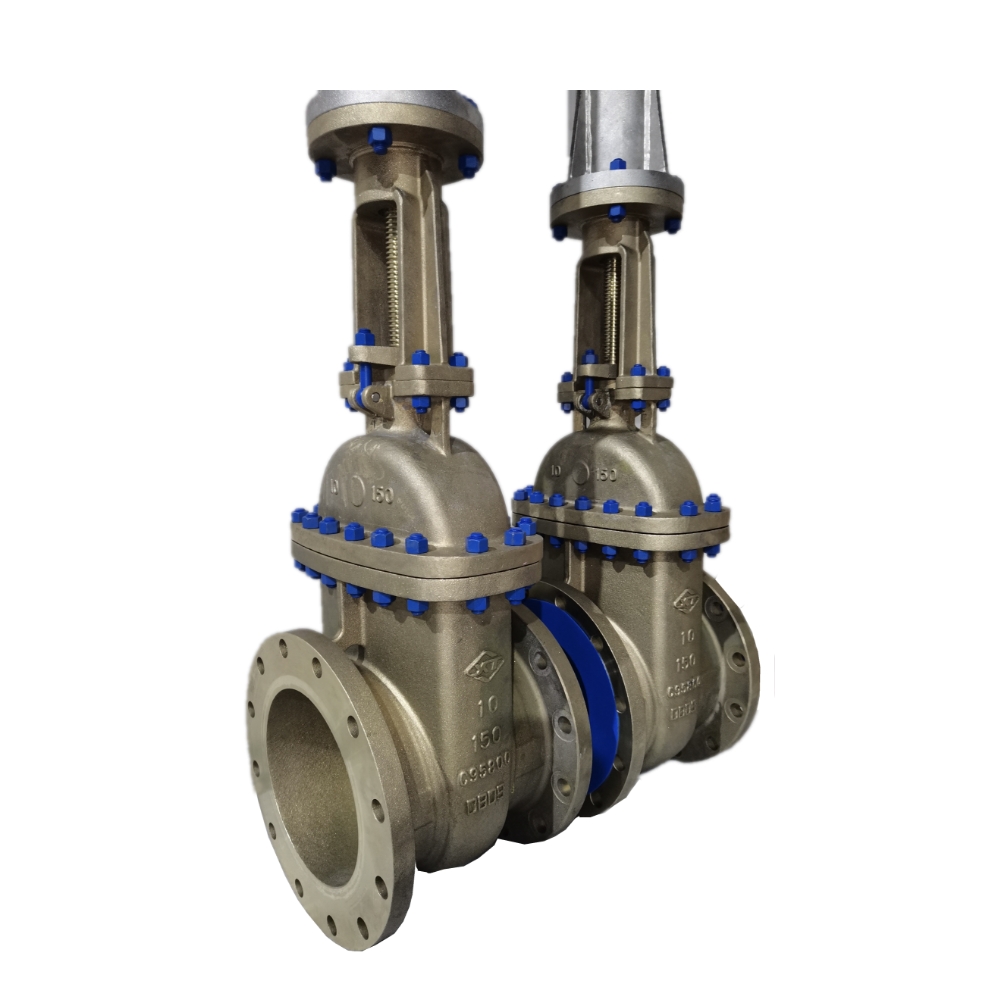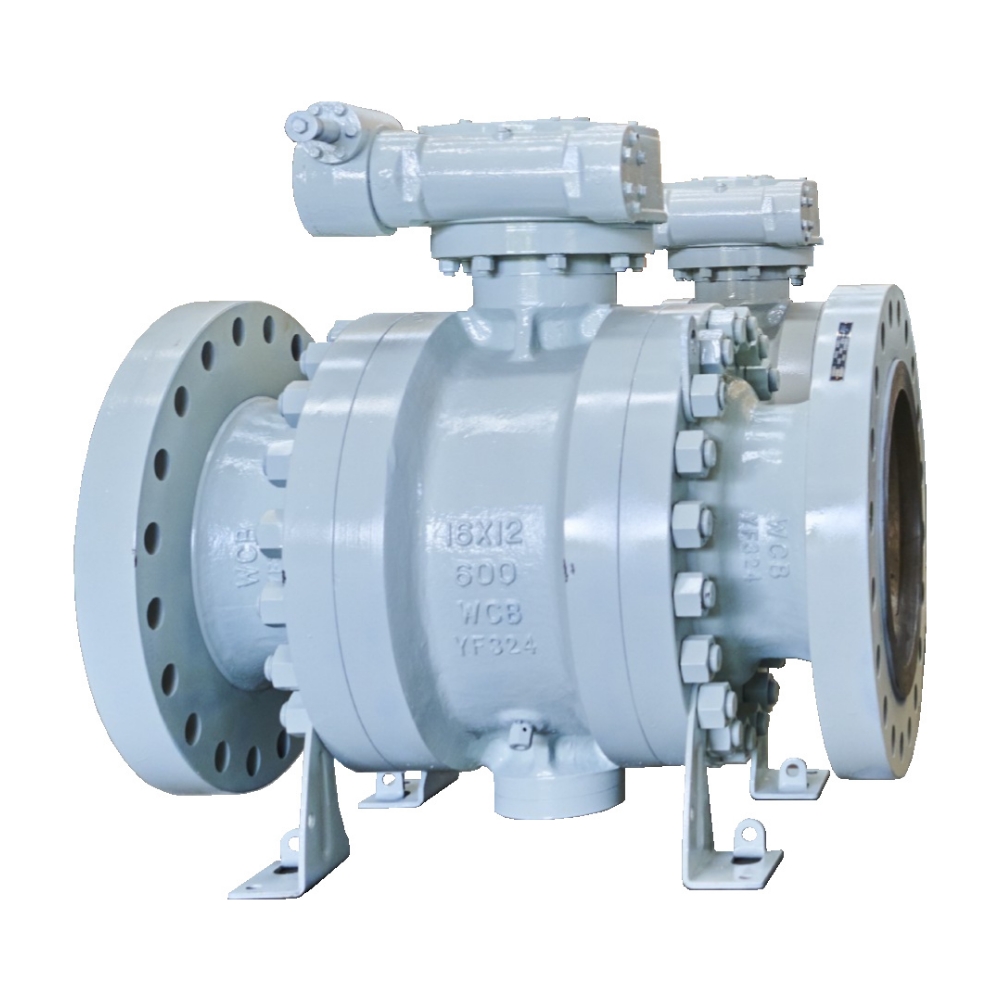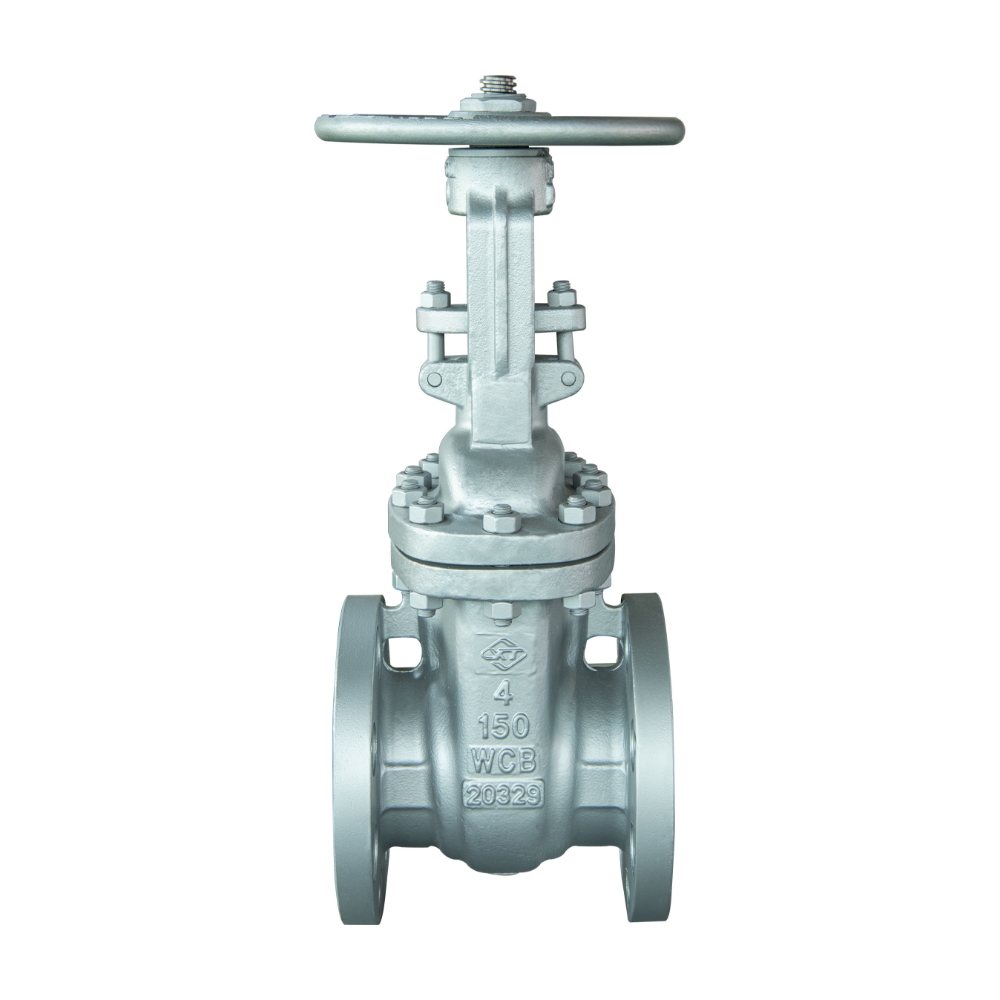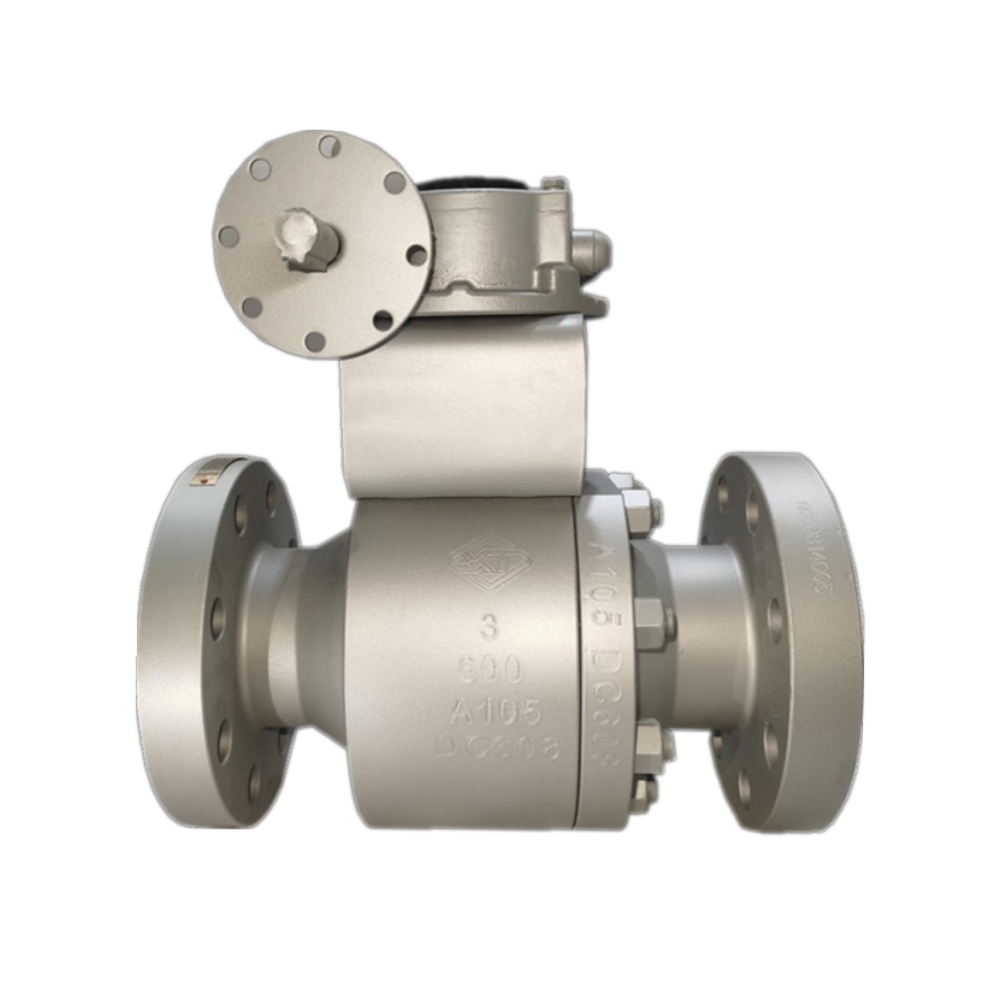DOUBLE ECCENTRIC BUTTERFLY VALVES
Description
Size Pressure Connect Type Material Standard 3″~72″ DN80~DN1800 CL150 PN6~PN25 FLG ASME B16.34 API-609 3″~72″ DN80~DN1800 CL300 PN40 BW C95800 GB/T 12238-89 3″~36″ DN80~DN900 CL400~CL600 PN63~PN100 – C63200 JB/T8527 3″~24″ DN80~DN600 CL900~CL1500 PN160~PN250 – titanium alloy and other special materials EN 593 3″~16″ DN80~DN400 CL2500 PN320 PN400 – – –
How Does a Butterfly Valve Work?
If you are curious about how a butterfly valve works, you’ve come to the right place. Butterfly valves are quarter-turn valves that are a popular choice for on-off services.
They are lightweight, have a small installation footprint, and are relatively inexpensive. In addition to their simplicity, butterfly valves are easy to operate and are available in various sizes. These valves can be manually operated or automated, depending on the desired degree of automation.
If you want to know more about buttery valves and how it works, continue reading this article.
What is a Butterfly Valve?
Butterfly valves regulate flow by quarter-turning a disc. They are used in pipelines for non-corrosive fluid media. These valves are also applicable in engineering systems for generators, natural gas, liquefied petroleum gas, urban gases, and hot and cold air. Because they are so small and light, they’re popular in industrial applications.
The basic components of a butterfly valve are the disc, valve rod, and sealing ring. A butterfly valve’s body is cylindrical, with a short axial length. The butterfly plate is attached to the body, which is attached to an actuator. When you move the actuator, the stem moves, thereby rotating the disc inside. This is how the flow is regulated.
A butterfly valve is used to regulate the flow of fluid in a pipeline. It has a disk and seat that rotate. The disc can be positioned perpendicular to the flow cross-section area, which completely blocks flow out of the valve. As the disc rotates 90 degrees, the valve fully opens and allows fluid to flow through the space between the disc and seat. If the disc rotates less than this degree, the flow is slowed down.
How Does a Butterfly Valve Work?
If you’re curious to learn more about the working mechanism of a butterfly valve, you’ve come to the right place. A butterfly valve is a type of industrial valve that controls the flow of various materials. Typically, they are used with liquids, gases, and even certain dry materials. This valve has a simple opening and closing mechanism and is easy to use.
A butterfly valve belongs to a family of the quarter-turn valve. The working mechanism is the same as a ball valve. The only difference is that instead of a hollow ball, it comes with a rotating disc that is attached to the stem. The disc rotates like a butterfly when you turn the handle of the valve. It is connected to a rod, and the rod is connected to the actuator.
When you move the actuator to 90 degrees, the rod moves, thereby rotating the disc. If the disc is perpendicular to the flow direction, then the valve is closed. When you turn the handle again at 90 degrees, the disc moves and opens the flow, these valves are mostly used for on and off functions.
A butterfly valve’s seat is what makes the valve seal when closed. Its seat must be resistant to high-temperature and pressure conditions. Depending on the material, butterfly valves can be made with metal or soft seats. The material used for the seat determines the temperature and pressure rating of the valve. Soft seats are made of plastic or elastomeric material and are generally rated for lower temperatures. A soft seat can also deform under high temperatures.

Related products
BALL VALVE
- 3-Way L Port Ball Valve
- Full-Welding Ball Valve
- V-Notch Valve
- Undergroud Ball Valve
- Top Entry Ball Valve
- Thread Ball Valve
- Soft Sealing Ball Valve
- Side Entry Ball Valve
- Metal Sealing Ball Valve
- Forged Trunnion Ball Valve
- 3-Way T Port Ball Valve
- Forged Floating Ball Valve
- Flange Type Segment Ball Valve
- Double Block and Bleed Valve
- Casting Trunnion Ball Valve
- Casting Floating Ball Valve
- Bronze Ball Valve
- 4-Way Ball Valve
- Wafer Type Segment Ball Valve
BUTTERFLY VALVE
- Centerline Lug Type Butterfly Valve
- Centerline Wafer Type Butterfly Valve
- Double Eccentric Butterfly Valves
- High Performance Butterfly Valve
- Lined Butterfly Valve
- Resilient Seated Butterfly Valve
- Triple Eccentric Butterfly Valves
CHECK VALVE
- Bronze Check Valve
- Butt Welding Check Valve
- Casting Check Valve
- Dual Plate Check Valve
- Forged Check Valve
- Globe Check Valve
- Lift Check Valve
- Pressure Self-Sealing Check Valve
- Socket Welding Check Valve
- Swing Check Valve
- Thread Check Valve
- Wafer Check Valve
CONTROL VALVE
- Electric Actuator Ball Valve
- Electric Actuator Butterfly Valve
- Electric Actuator Gate Valve
- Electric Actuator Globe Valve
- Gas Over Oil Actuator Ball Valve
- Linear Control Valve
- Pneumatic Actuator Ball Valve
- Pneumatic Actuator Butterfly Valve
- Pneumatic Actuator Gate Valve
- Pneumatic Actuator Globe Valve
CRYOGENIC VALVE
- Cryogenic Ball Valve
- Cryogenic Check Valve
- Cryogenic Gate Valve
- Cryogenic Globe Valve
GATE VALVE
- Bellow Gate Valve
- Bidirectional Knife Gate Valve
- Bronze Gate Valve
- Butt Welding Gate Valve
- Casting Wedge Gate Valve
- Forged Wedge Gate Valve
- Knife Gate Valve
- Parallel Slide Gate Valve
- Pressure Self-Sealing Gate Valve
- Socket Welding Gate Valve
- Thread Gate Valve
- Through Conduit Knife Gate Valve
GLOBE VALVE
- Angle Type Globe Valve
- Bellow Globe Valve
- BS 1873 Globe Valve
- Butt Welding Globe Valve
- Casting Globe Valve
- Forged Globe Valve
- Pressure Self-Sealing Globe Valve
- Socket Welding Globe Valve
- Thread Globe Valve
Plug Valve
- Plug Valve
SAFETY VALVE
- High Performance Steam Safety Valve
- Jacketed Safety Relief Valves
- Pilot Operated Safety Valve
- Spring Load Safety Valve
STRAINER
- Basket Strainer
- Cast Iron Y Strainer
- Thread Y Strainer
- Y Strainer
